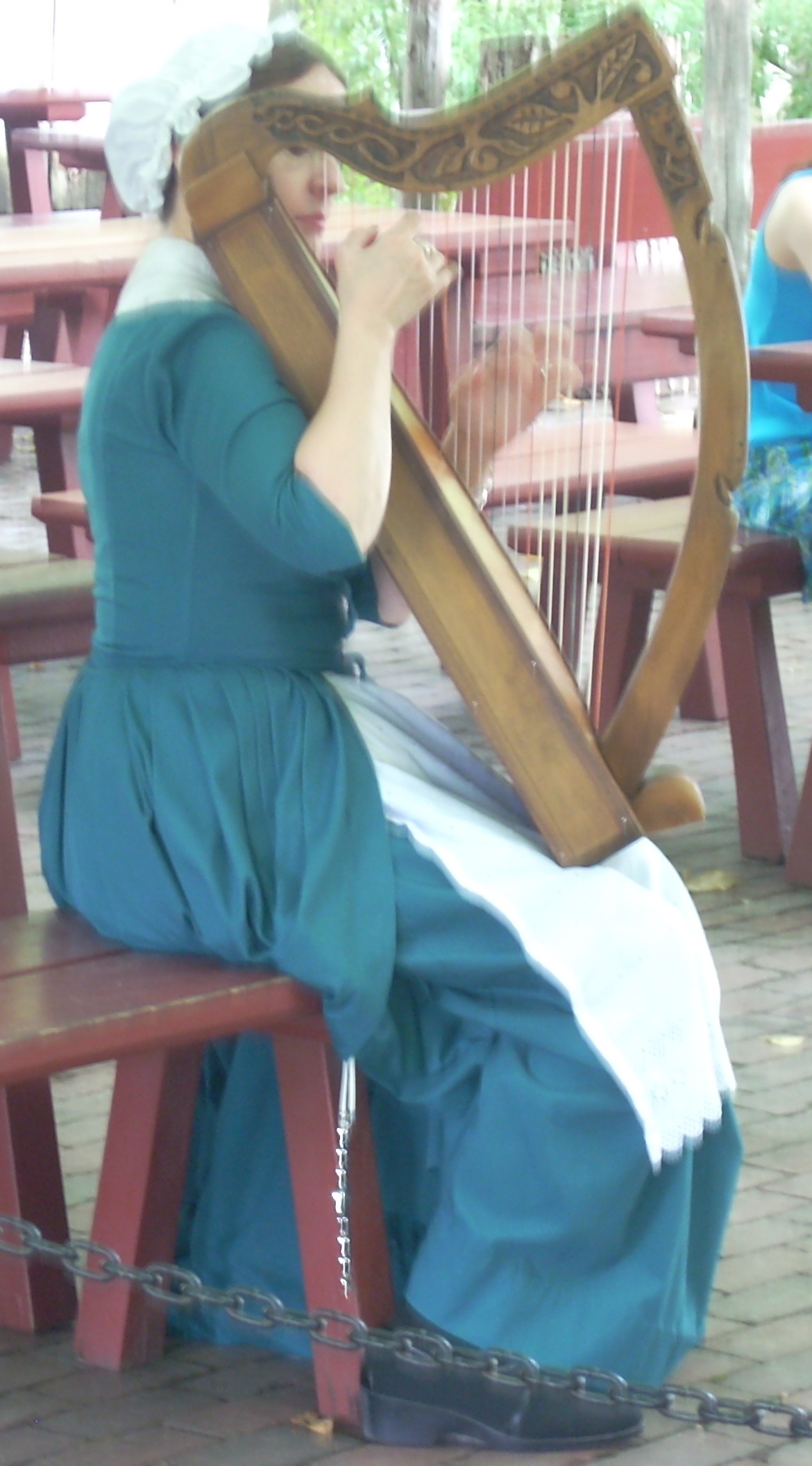
The Historic District
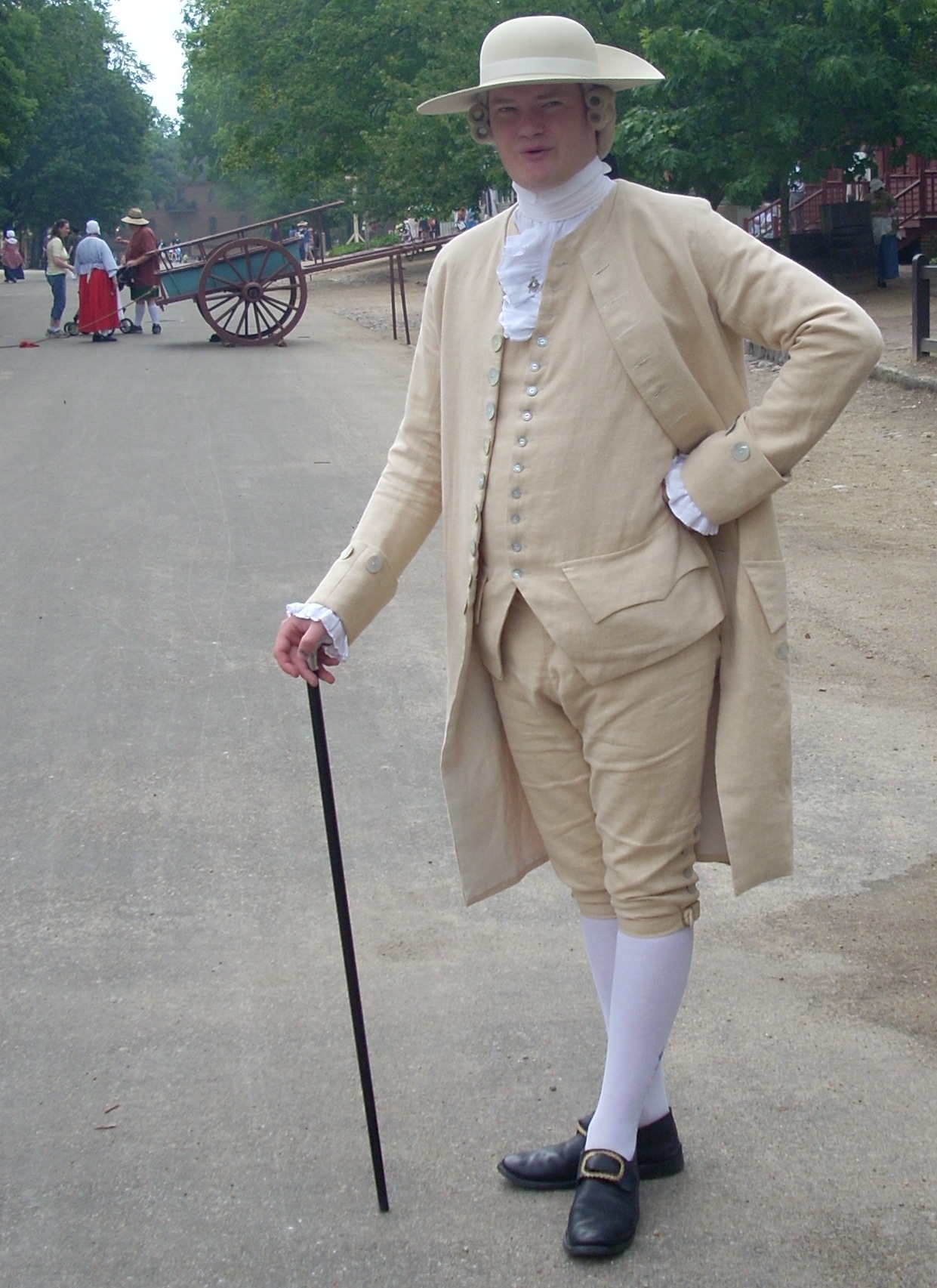
| Route 66 | Cities | Beaches |
|
The Historic District |
 |
Yorktown |
Other Area Attractions |
| Spending a day or so in the Williamsburg Historic District is a humbling, inspirational experience. The first shots of the American Revolution were fired just outside Boston, and its battles were fought up and down the East Coast, but Williamsburg was always its heart and soul, and it was fitting that the armies would converge here for their final, decisive battle. That we can immerse ourselves so deeply in Williamsburg today is a miracle. The buildings, the people, the activities, and the landscape are truly a window back in time. We could not gain a better understanding of the 1700s if we actually had a time machine and could go back for a visit. In effect, this town today IS a time machine. It has required a lot of luck, the investment of over a billion dollars, and the hard work and brilliant judgement of hundreds of people over a century to make such a visit possible in the 21st Century. This town is as much of a shrine as any religious site, a monument to the American Idea just as a church or cathedral is a monument to the holy spirit behind a particular faith. | 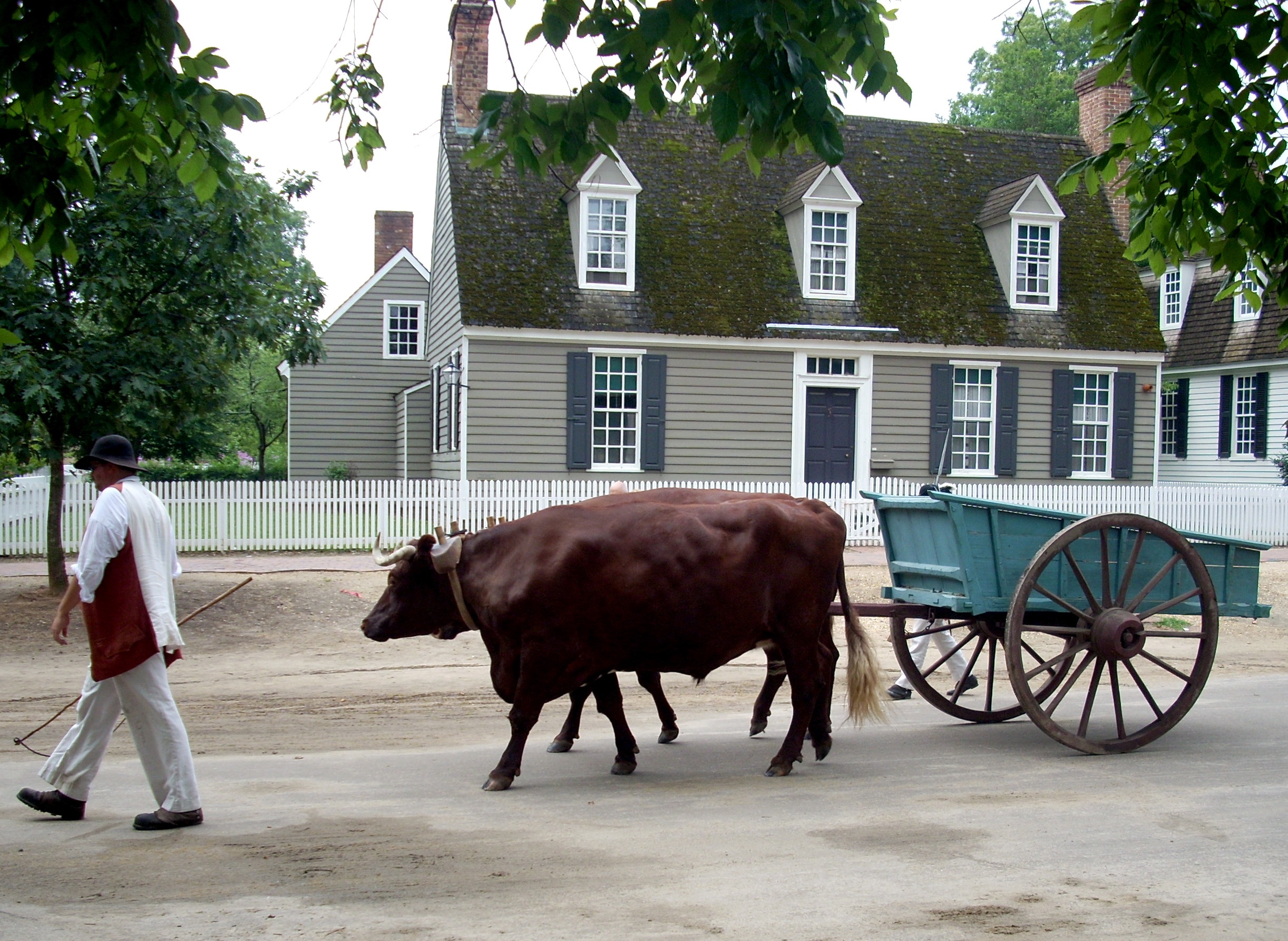 |
 |
The core of the Williamsburg experience is not the lofty political debates, the elegant buildings, or the lush gardens. It is the common, everyday lives of the middle and lower class people. Students can read about Patrick Henry and Thomas Jefferson in their textbooks, but they rarely if ever talk about what it was like to wake up every morning and go about the business of the day. People fixed meals, chopped firewood, led their animals to market, loaded and unloaded wagons, sewed clothing, built houses, hoed the fields, churned cheese, went to school, married, raised families and died. It is in observing all of this everyday existence that we come to know who these people really were, how in between living their routine lives they found time to create a nation that would become the greatest on Earth. They were not cartoons. They didn't live in log cabins or mansions. They lived in simple frame homes with handmade furniture, windows for air conditioning and fireplaces for heat. |
| Williamsburg did not participate in the Witchcraft Trials of Massachusetts, but both colonies used Public Stocks for common punishments. Guilty parties would be sentenced to stand here while passersby hooted and jeered and boys threw rotten tomatoes or eggs or tormented the prisoners by tickling their noses with goose feathers. The view of the day was that public humiliation and suffering was good discipline and deterred future misbehavior. On a hot, humid day with the sun beating down, or a cold dreary day with rain falling, or a snowy, icy Winter day, spending eight hours in the stocks was considered by everyone a severe punishment. For minor offenses, such as gossipping, hanging undergarments out to dry in public view, or failing to have a hot meal ready when the husband arrived home, an hour or two in the stocks was thought sufficient. More serious crimes, such as petty theft or vandalism, might warrant half a day. Only the major crimes, such as adultery, theft of animals, public drunkenness, or assault, earned someone a full day. Murder, kidnapping, treason or arson was usually a hanging offense. | 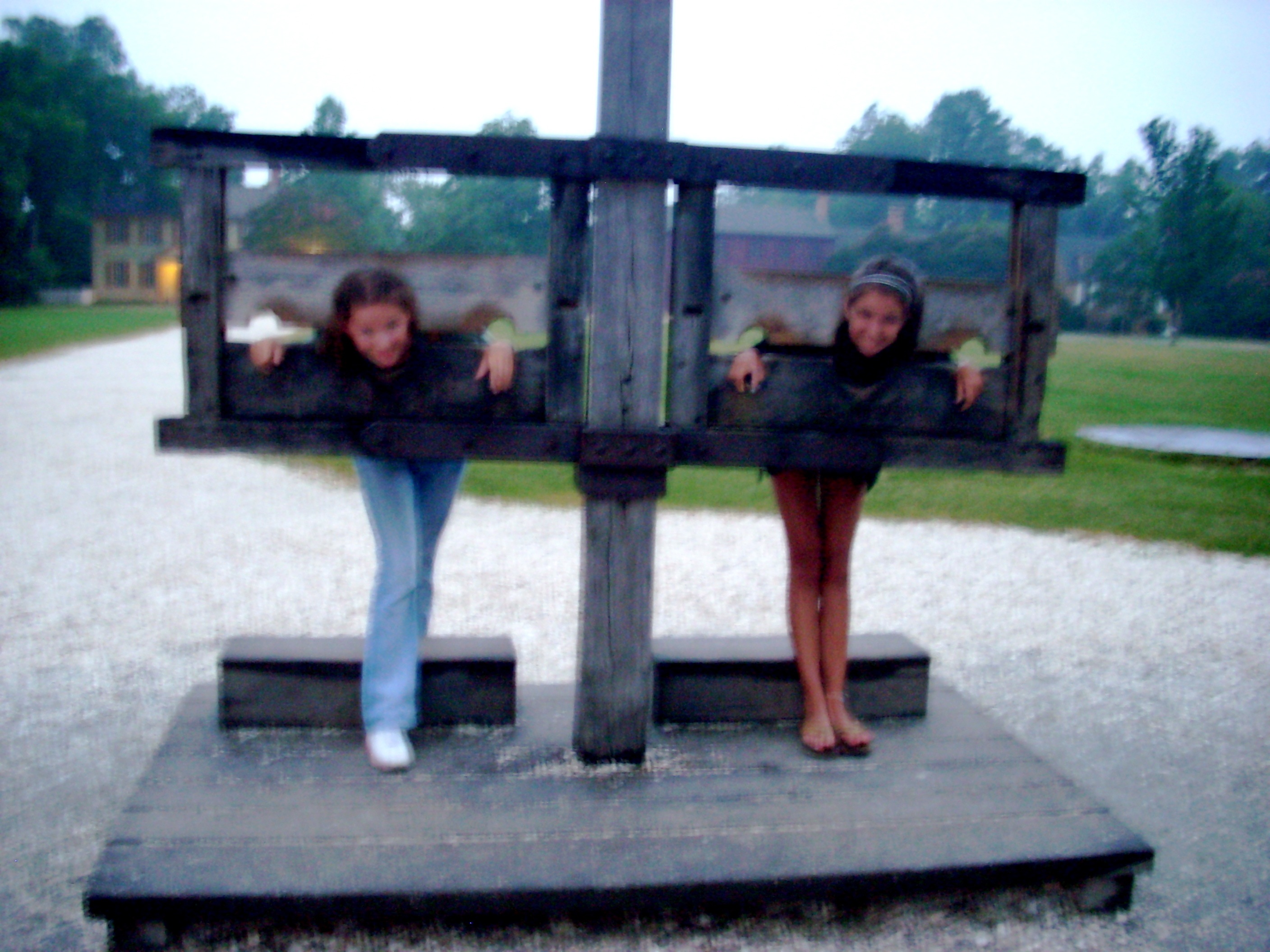 |
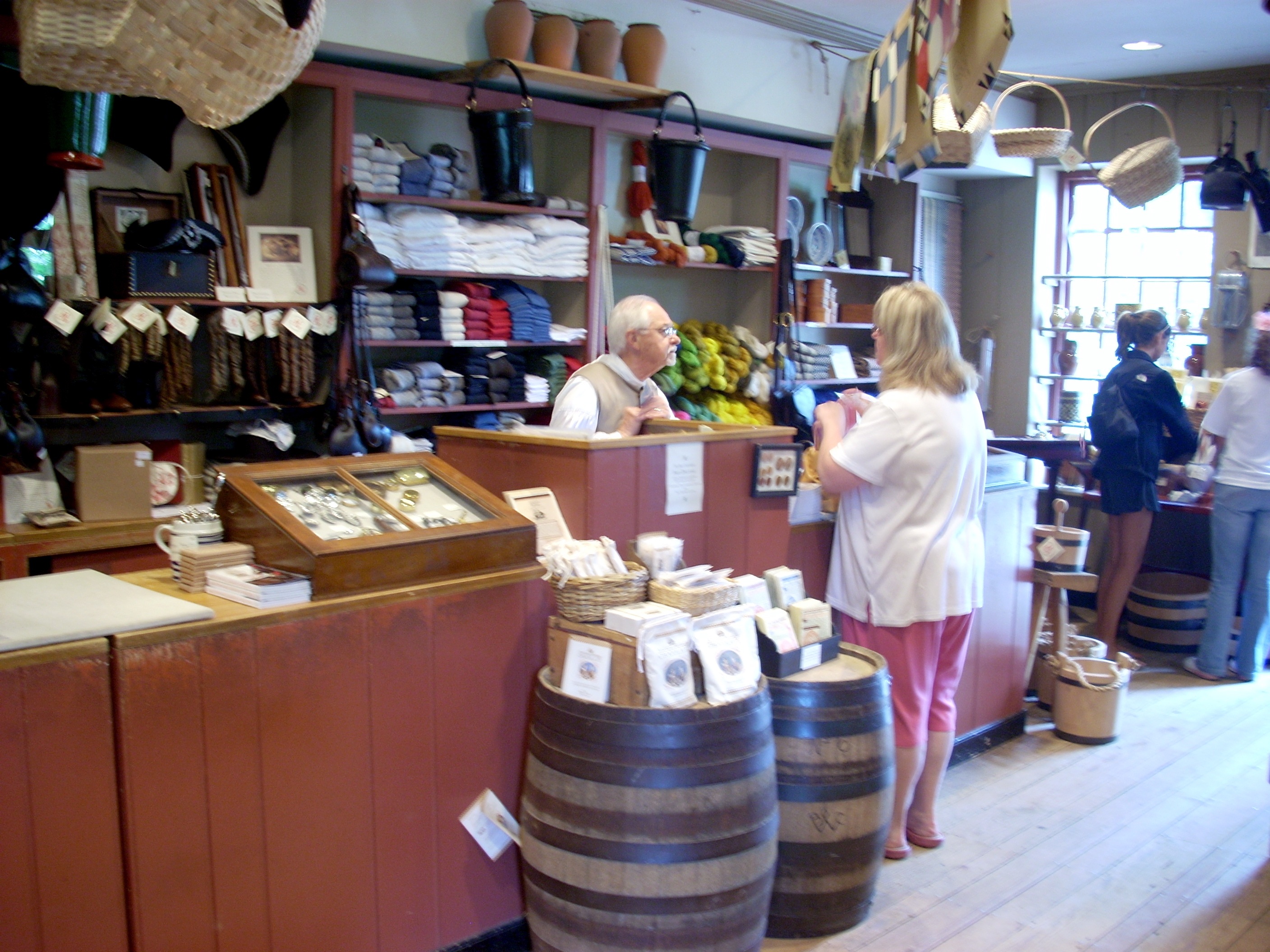 |
The stores of the 1700s have been faithfully recreated thanks to meticulous records we have of their accounting. We know what they stocked, how much of it they stocked, what they charged for it, where they got it, and who bought what. Storekeepers are in costume and speak and behave as they would have in the 1700s. The only people not authentic are the tourists. But you can buy everything from baskets to food items to hats to toys, all historically accurate. One of the most popular items is the hoop and stick set which children of the day would roll down the streets. |
| Sampling the lives of the common folk is fun and educational. But there is enough hard core history here to keep one busy for a week. At right is the famous Statehouse, where the Virginia Legislature met and debated. This was where Patrick Henry, Thomas Jefferson, James Monroe, James Madison and George Washington learned the political skills they would later use in Philadelphia and Washington to craft the new nation. This building burned three times but was rebuilt each time. | 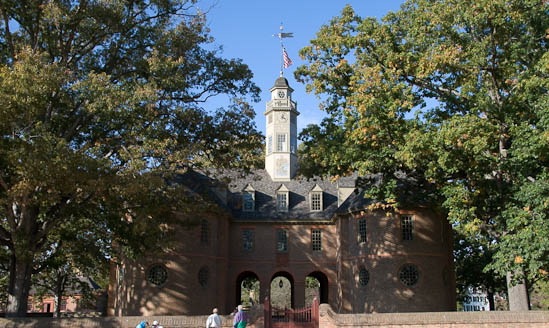 |
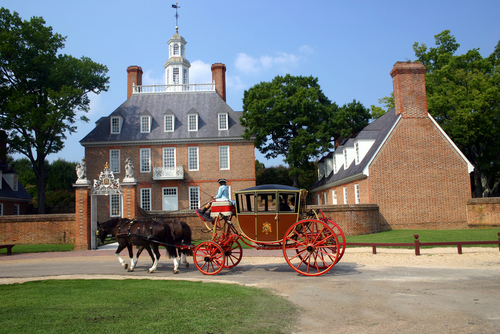 |
Several blocks away is The Governor's Palace. Virginia being a colony, a governor appointed by the King was sent over each year from England. Today this is the finest example we have in America of the British royal lifestyle. The furnishings, the grounds, even a large maze out back, all reflect the kind of life a high ranking official would have lived in 1770. The cookhouse here was the most elaborate in town, and while we have learned from other houses how the lower and middle classes ate, this is our best source of information about how an upper class family ate in the 1700s. Over at the Williamsburg Inn, they serve many recipes today that we have resurrected from the Governors Palace. |
|
|||
|